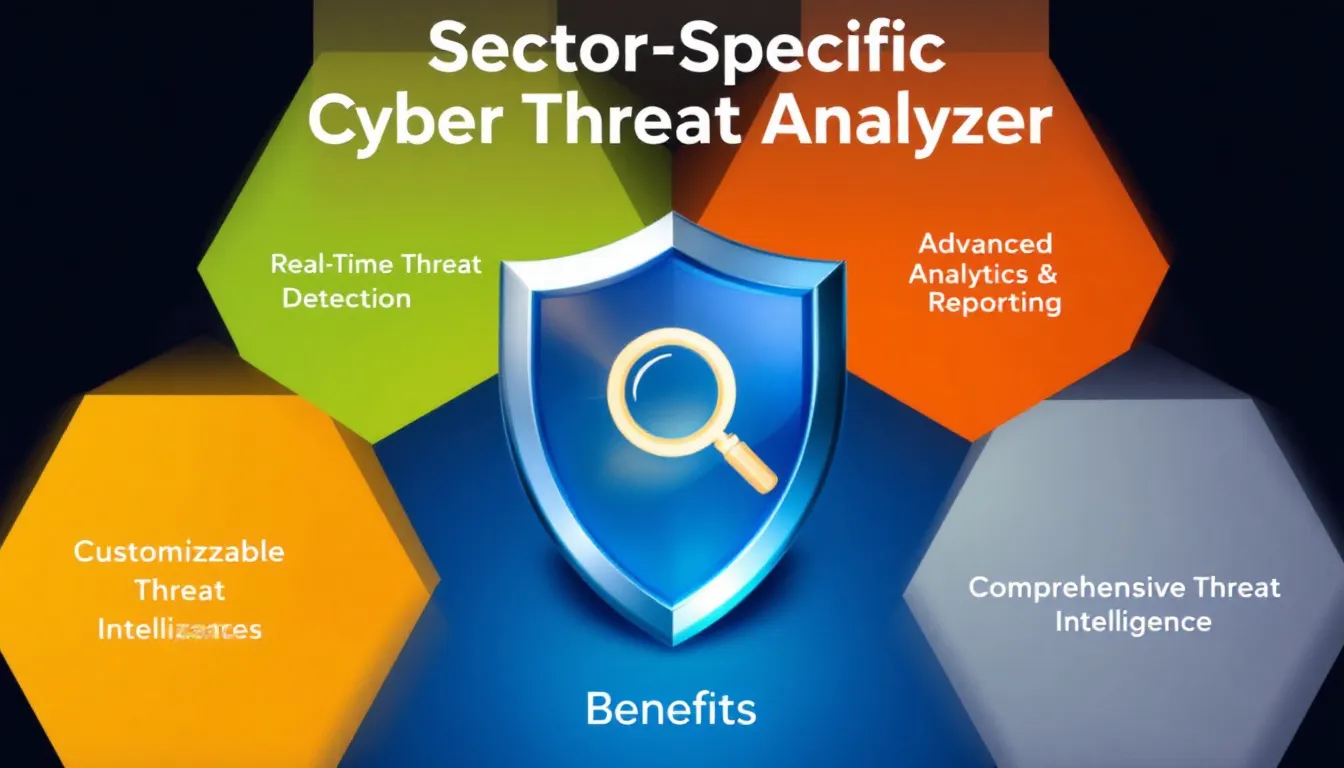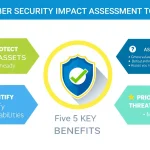Is this tool helpful?
How to Use the Sector-Specific Cyber Threat Analyzer Effectively
This Cyber Threat Analyzer helps you identify cyber risks tailored to your industry. To get the most accurate results, follow these steps:
- Enter your sector: In the input field, type the specific industry you want to analyze. For instance, you might enter “Renewable Energy” or “Logistics and Transportation”.
- Click “Identify Cyber Threats”: After entering your sector, press the button to generate a detailed report of cyber threats relevant to that industry.
- Review the analysis: View the comprehensive output which outlines current cyber risks, their potential impact, and practical mitigation tips applicable to your sector.
- Copy or share the findings: Use the provided option to copy the analysis easily, allowing you to distribute it to your team or save it for future reference.
Tip: Be as specific as possible. Instead of broad terms like “Manufacturing,” try “Pharmaceutical Manufacturing” or “Automotive Parts Production” to get more focused threat insights.
Introduction to the Sector-Specific Cyber Threat Analyzer
Cyber threats constantly evolve and affect industries differently. The Sector-Specific Cyber Threat Analyzer pinpoints risks targeting your unique field by leveraging current intelligence and tailored analysis. It helps you understand the specific dangers your sector faces and suggests actionable steps to strengthen your cybersecurity defenses.
By focusing on your field’s unique threats, you can allocate resources more wisely, plan better incident response strategies, and reduce your organization’s exposure to cyberattacks.
Why Sector-Specific Threat Analysis Matters
Though many cyberattacks target organizations generally, industries often encounter specialized threats. For example, the energy sector may face attacks aiming to disrupt critical infrastructure, while retail businesses frequently battle payment system fraud. Understanding these nuances helps you prepare smarter defenses.
- Spot current and emerging threats unique to your industry.
- Gain clear details about each threat’s potential impact on your operations.
- Access tailored mitigation strategies designed for your sector.
- Prioritize cybersecurity efforts based on real-world risks.
Practical Uses of This Cyber Threat Identification Tool
This tool supports organizations across various industries by providing quick, focused cyber threat analysis that informs decision-making and security planning.
Examples of Industry Applications
- Energy Sector: By entering “Renewable Energy,” you might identify threats like industrial sabotage targeting wind farms, with recommended mitigations including enhanced network segmentation and physical security measures.
- Logistics and Transportation: Inputting “Freight and Shipping” may reveal risks such as GPS spoofing attacks that disrupt delivery routes, along with suggestions like multi-factor authentication and real-time monitoring systems.
- Pharmaceutical Manufacturing: This sector faces risks from intellectual property theft through advanced persistent threats (APTs), requiring strict access controls and continuous network monitoring.
- Financial Technology (FinTech): Specific threats include fraud via social engineering and API vulnerabilities; mitigation includes regular security audits and robust user authentication.
How This Tool Improves Your Cybersecurity Strategy
- Customized Threat Intelligence: Receive information that’s relevant and applicable to your exact industry environment.
- Save Time: Quickly gather comprehensive cyber risk insights without extensive manual research.
- Better Risk Management: Use precise threat data to assess your risks and focus your budget and efforts where they matter most.
- Stronger Incident Response: Plan your reaction strategies around probable threats unique to your sector.
- Support Compliance: Understand cyber risks that align with industry-specific regulations, helping you meet legal requirements.
- Stay Current: Keep updated with evolving threats by using the tool regularly.
Enhancing Organizational Security with Sector-Focused Threat Insights
By analyzing tailored cyber threats, your organization can:
- Reduce information overload: Avoid generic advice and focus on threats that impact your business directly.
- Fill expertise gaps: Access specialized threat intelligence even without in-house cybersecurity experts.
- Prioritize security investments: Identify which risks require immediate action and which can be monitored.
Frequently Asked Questions About the Cyber Threat Analyzer
How often should I use this tool?
Use the tool at least every quarter to stay informed. For sectors facing rapid threat changes, monthly use is advisable.
Can I analyze multiple sectors?
Yes, you can submit separate queries for each sector your organization operates in to get tailored insights for all.
How does the tool keep its data up to date?
The tool relies on continuously updated threat intelligence from cybersecurity experts to provide current sector-specific information.
Is this tool a replacement for my current cybersecurity setup?
No. Use this tool to supplement your existing defenses with detailed threat awareness specific to your industry.
Do I need technical knowledge to understand the results?
Results are presented clearly for both technical and non-technical audiences, with actionable advice you can implement.
Can I share the results with others?
Yes, use the copy feature to easily distribute findings among your team or stakeholders to raise security awareness.
Using the Sector-Specific Cyber Threat Analyzer empowers your organization to stay ahead of evolving cyber risks and protect critical assets effectively. Knowledge of targeted threats means stronger defenses and greater peace of mind.
Important Disclaimer
The calculations, results, and content provided by our tools are not guaranteed to be accurate, complete, or reliable. Users are responsible for verifying and interpreting the results. Our content and tools may contain errors, biases, or inconsistencies. Do not enter personal data, sensitive information, or personally identifiable information in our web forms or tools. Such data entry violates our terms of service and may result in unauthorized disclosure to third parties. We reserve the right to save inputs and outputs from our tools for the purposes of error debugging, bias identification, and performance improvement. External companies providing AI models used in our tools may also save and process data in accordance with their own policies. By using our tools, you consent to this data collection and processing. We reserve the right to limit the usage of our tools based on current usability factors.







